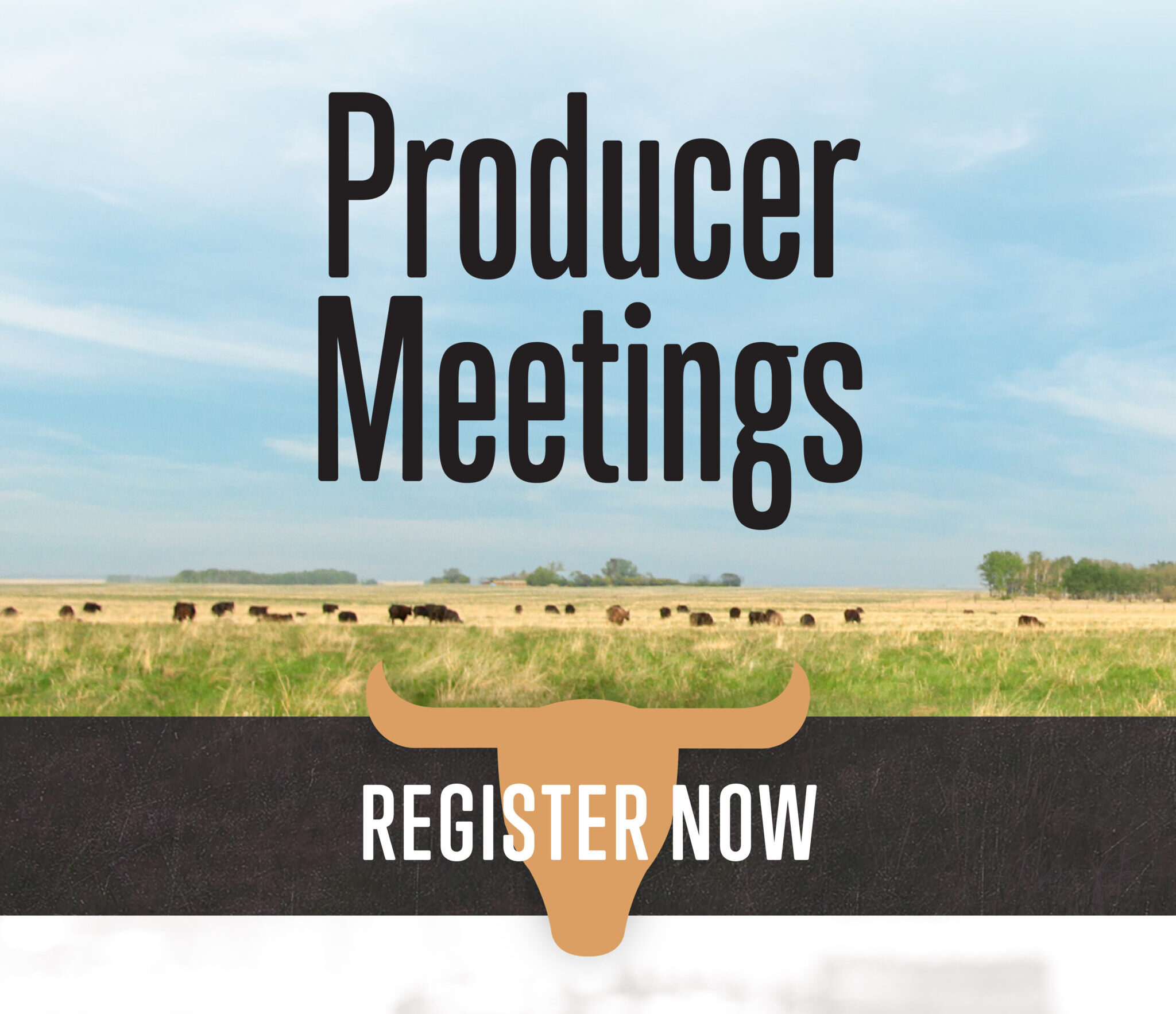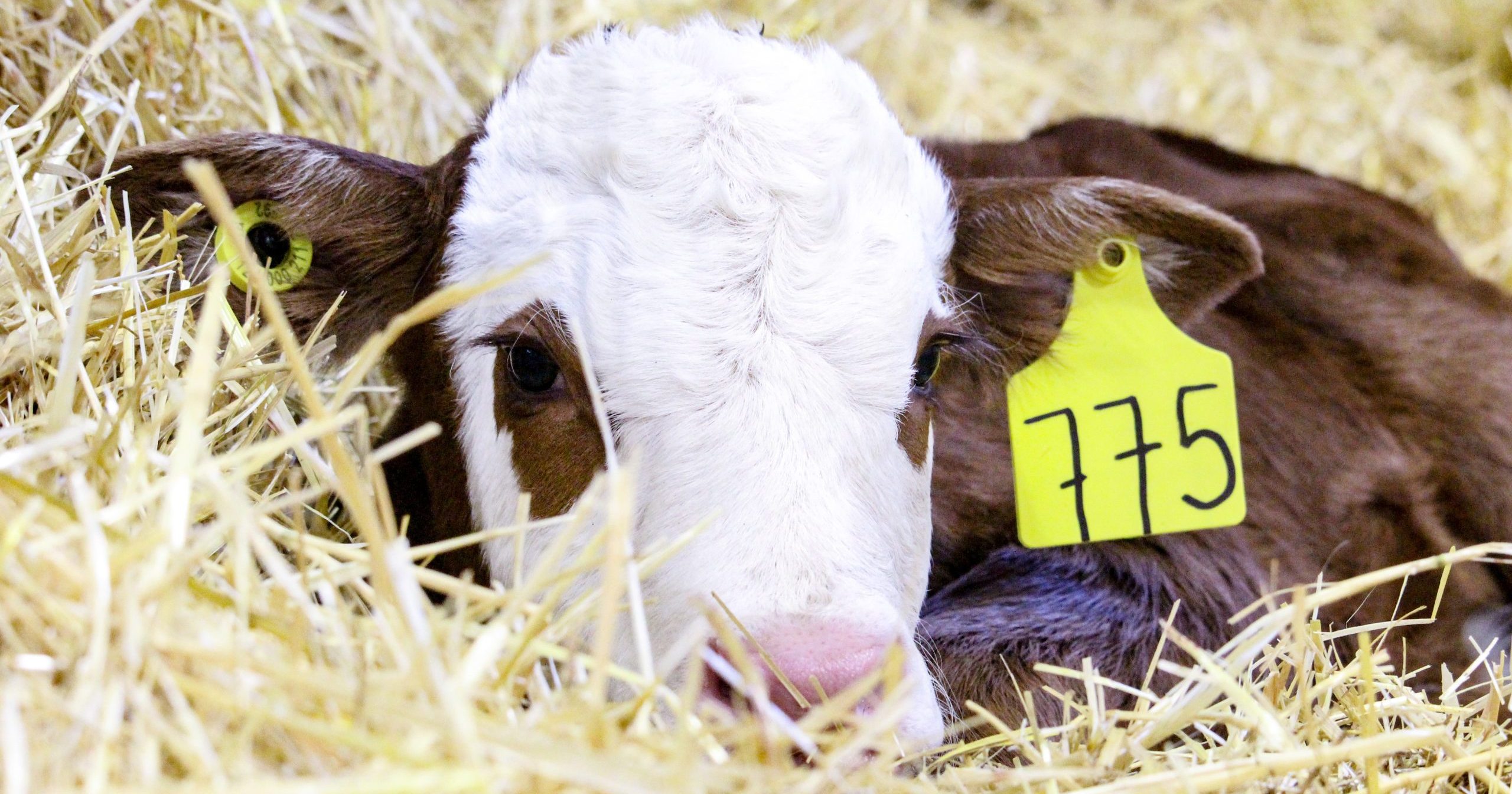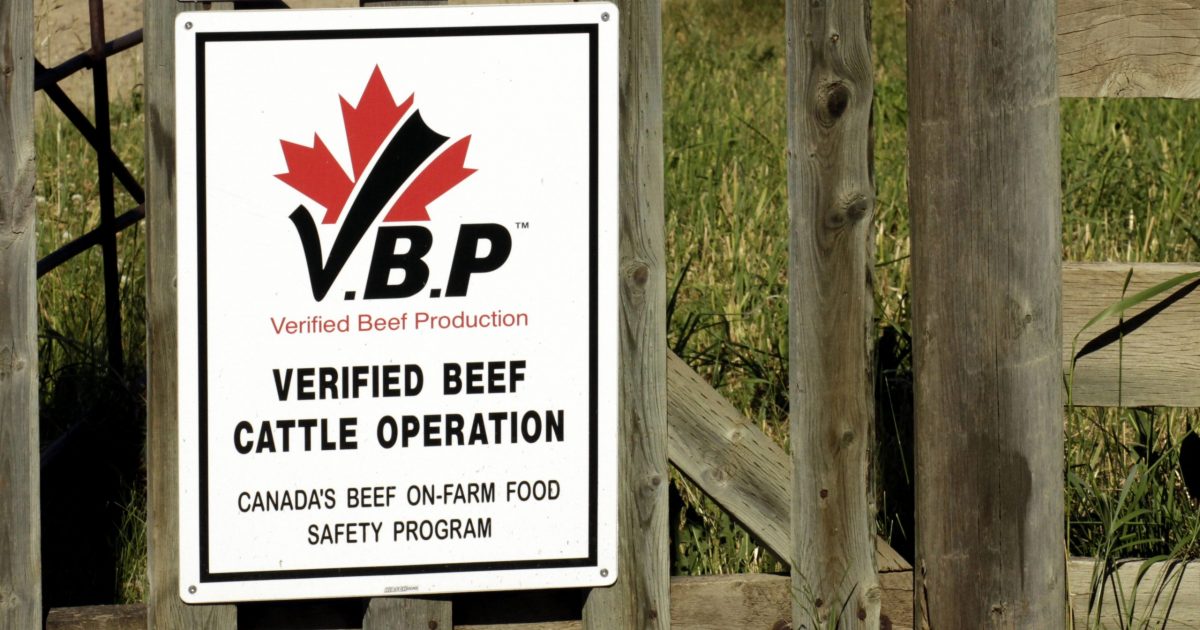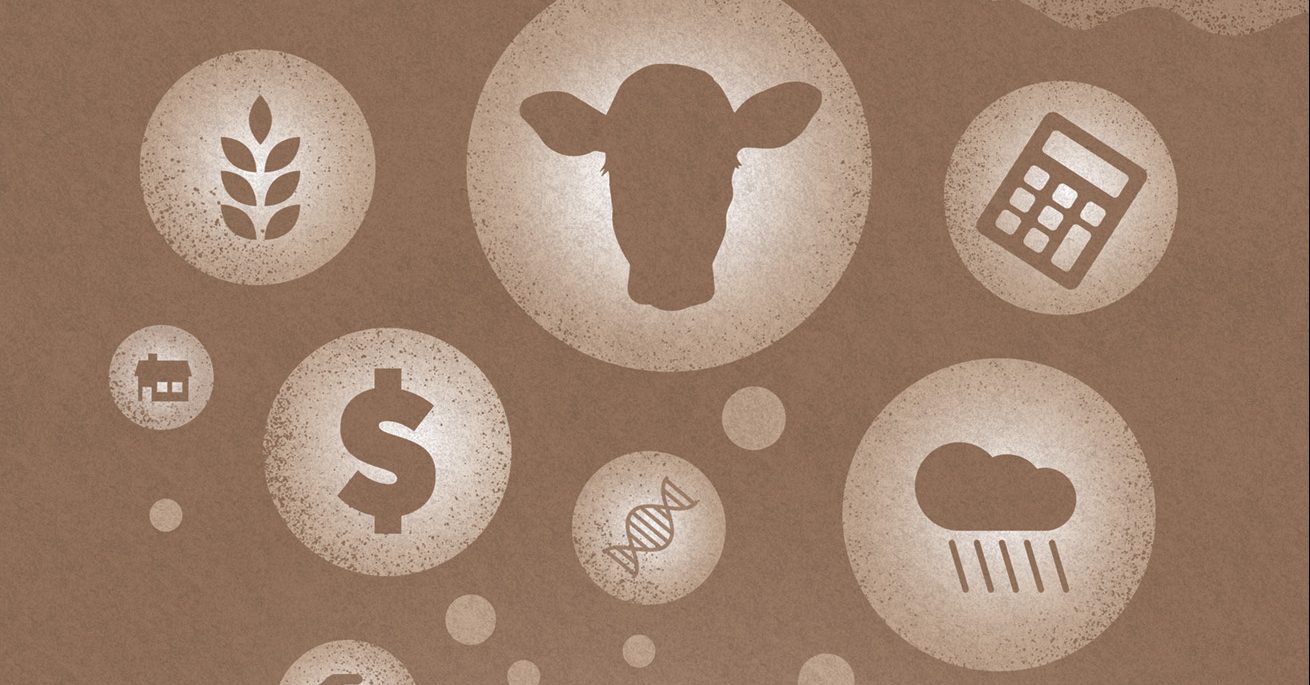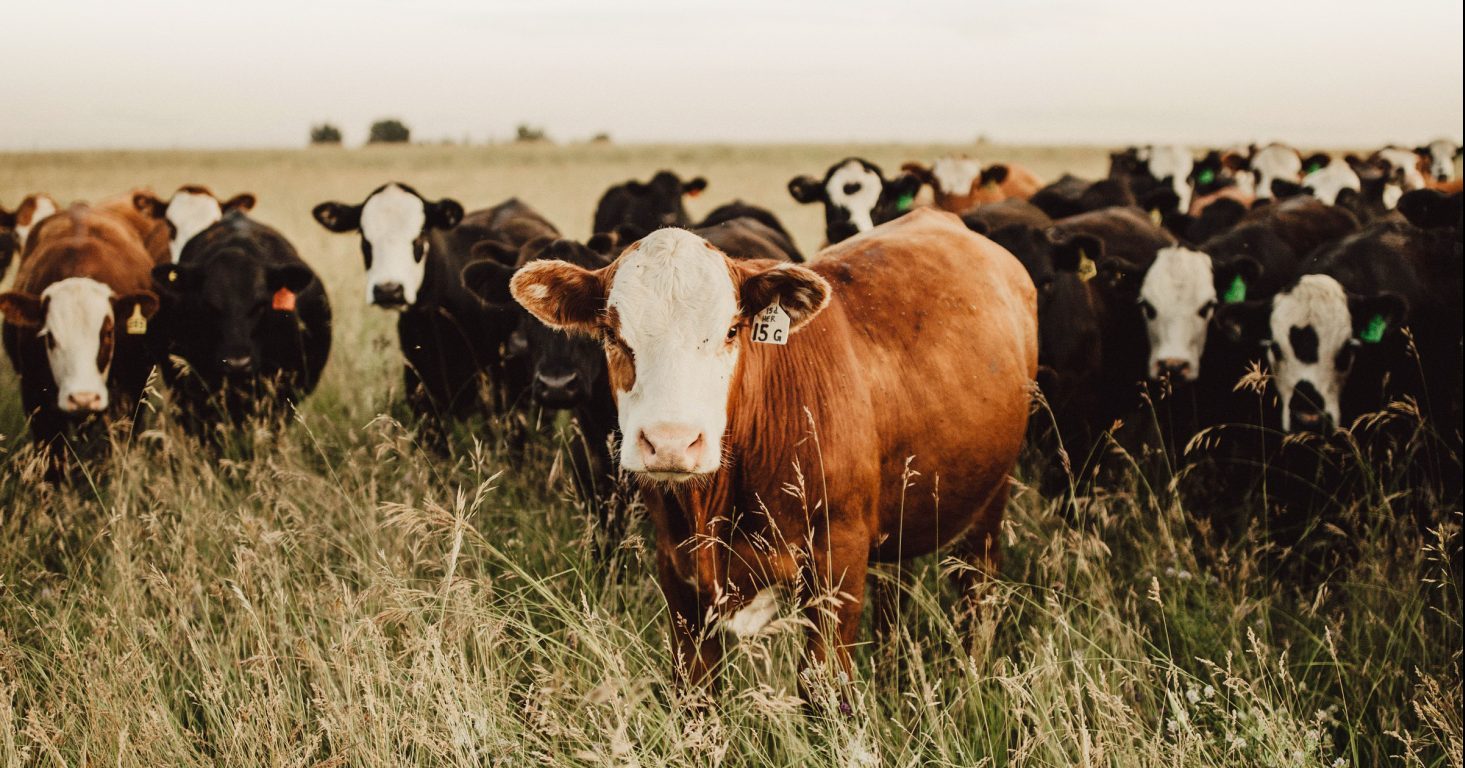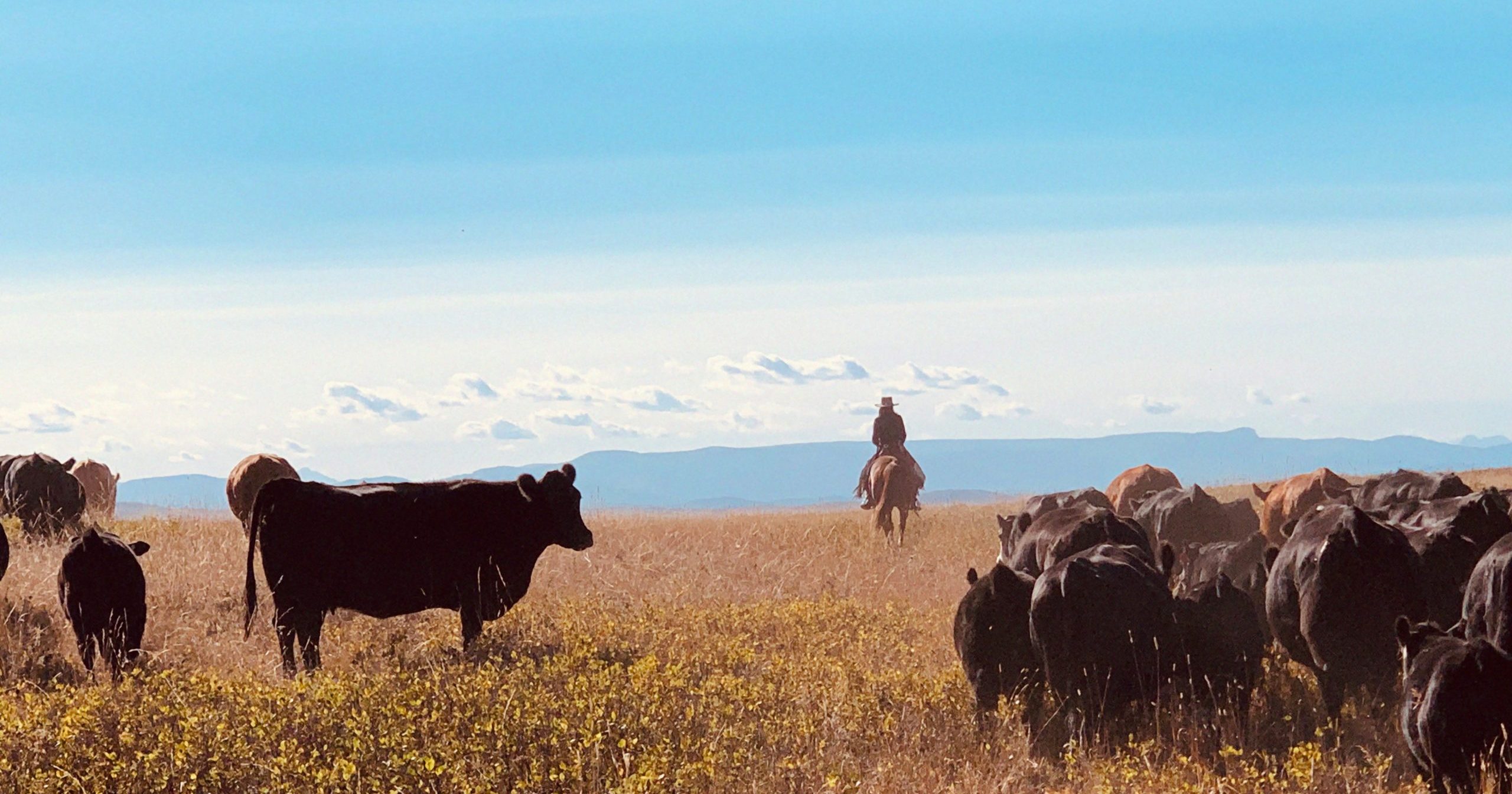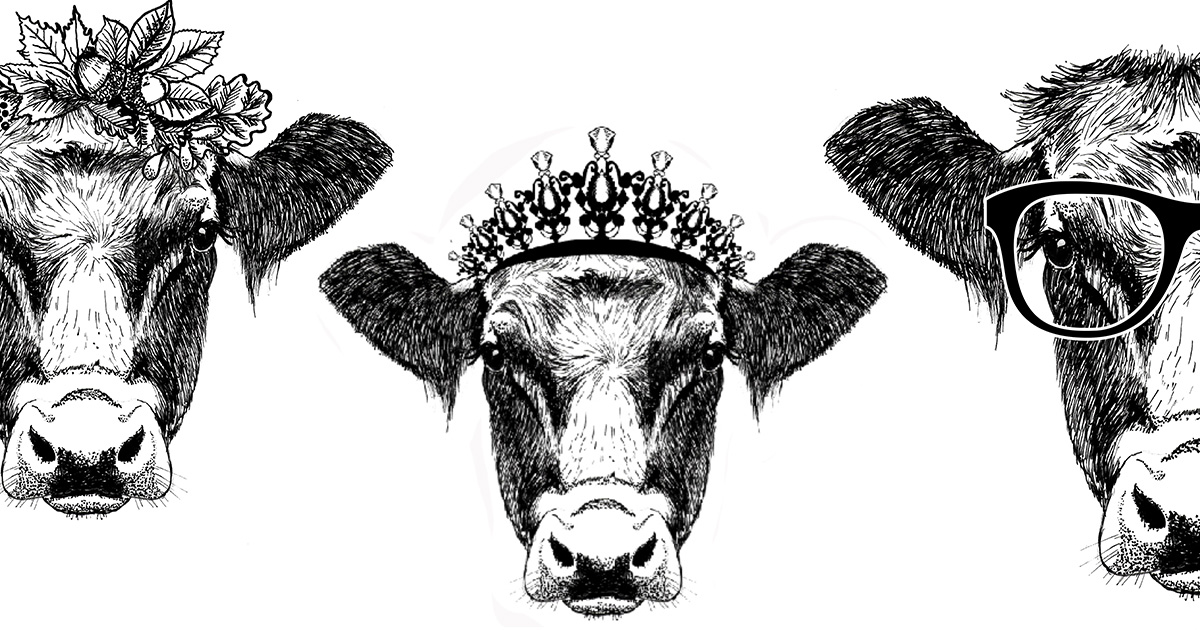AB Direct - Steers
Rail: 492.00-493.50 FOB feedlot (last week)
AB Direct - Heifers
Rail: 492.00-493.50 FOB feedlot (last week)
US Trade- Steers
Rail: 355.00-363.00 (IA, NE) last week
US Trade - Heifers
Rail: 355.00-363.00 (IA, NE) last week
Canadian Dollar
0.19
Get on the Wait List: Supply chain issues causing tag order delays
Editor’s Note: This article was originally published in the April edition of ABP Magazine. Since then, Canadian Food Inspection Agency (CFIA) has stated its aware of ongoing tag supply challenges, and is working closely to monitor the issue. CFIA says there are sufficient tag supplies available, but producers may need to use an alternate source/dealer…
AgriStability extends enrolment deadline to June 30
The Canadian government has extended the 2022 AgriStability enrolment deadline from April 30 to June 30, 2022, giving farmers more time to sign up for the program. According to the release, this step was agreed up by the federal, provincial, and territorial governments to help farmers manage the impact of challenges related to production loss,…
Survey: Cow-calf record use and satisfaction
University of Saskatchewan Masters student, Brooklyn Wong, is investigating which production and financial records bring commercial cow-calf producers the most value. Last year, Wong interviewed producers about record keeping practices, and those interviews informed the creation of a survey. Take the Survey The study is funded by the Beef Cattle Research Council, Mitacs and the…
Graduated enforcement for transport regulations ends
On February 20, 2022, the graduated enforcement period for feed, water and rest (FWR) intervals under the Health of Animals Regulations: Part XII: Transport of Animals ended. The regulations in effect include a reduced transport time of 36 hours before feed, water and rest must be provided, as well as record-keeping and transfer of care provisions….
Canada announces nearly $200,000 for VBP+
This week, Minister of Agriculture and Agri-Food Marie-Claude Bibeau announced the Government of Canada is providing nearly $200,000 in funding to Verified Beef Production Plus (VBP+). “Canadian cattle producers care for their animals and our environment,” said Bibeau. “Canada’s beef industry, through the leadership of the Canadian Cattlemen’s Association and it’s Verified Beef Production Plus…
Hitting reset — rancher style
2021 has been an interesting year for ranchers to say the least. A pandemic year caused the world to appear crazy and in “lockdown” while, those of us in rural communities, were dumbfounded about what this means to us. Quite frankly, most ranchers just put their heads down and went to work doing what ranchers…
The Ripple Effect: Keep tag data up to date
It’s a tale as old as time: producers have a bag of extra tags laying around the barn “just in case.” But when activated tags are only used every once in a while, and the data associated with that tag isn’t updated properly, the impact is felt down the line, well after that cow has…
What We’re Reading | Applications for phase two of the AgriRecovery initiative open in early January
Applications for phase two of the 2021 Canada-Alberta Livestock Feed Assistance AgriRecovery initiative are set to open the first week of January. In phase two, producers can apply for additional compensation (a secondary payment) to help cover extraordinary costs over and above the phase one initial payment. This two-phased AgriRecovery initiative, which began in September…
Alberta shifts Water Act licenses to DRAS
The Alberta Government is making changes to how Water Act licenses managed by Alberta Environment and Parks are regulated in the province. Starting November 15, some Water Act licenses will be managed through the Digital Regulatory Assurance System (DRAS). This includes all new applicants for surface water and groundwater licenses, and all applications for amendments,…
Rein’vigor’ate your herd
Is the vigor of your cattle herd waning? The genetic vigor, that is. It might be time to dig deeper than hide color to discover the actual genetic makeup, and then to refresh, the heterosis of your herd. The what? ‘Heterosis’ is the science term for the Hybrid Vigor factor, and while its known benefits…
Marketing with a focus on health and welfare
As the days of summer fade away and we face the briskness of fall it is time to carefully consider livestock marketing plans for the farm and ranch. Traditionally, this time of year is referred to as ‘the fall run’ as most of the calves, yearlings and cull cows are offered for sale and the…
Not Just a Pretty Face: Commercial heifer selection and the maternal journey from replacement to retail
Selecting commercial beef cattle replacement heifers for the herd is not based on beauty. A pretty face is just that – a pretty face. What we are looking for in the commercial herd is a working girl with serious historical data behind her. The “genes” she wears will come from a long line of females…



